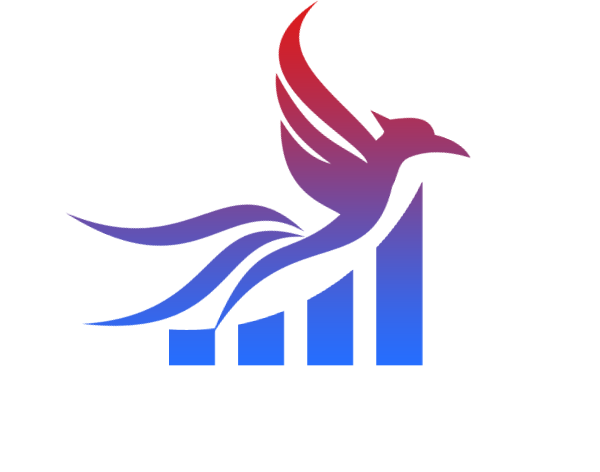Cash Out Refinancing: A Deep Dive into Benefits and Pitfalls
- Content Writer
- August 18, 2023
- Cash Out Refinance, Mortgage and Financing Options
- 0 Comments
Cash out refinancing, a common financial maneuver, allows homeowners to replace their existing mortgage with a new, larger loan, and then take the difference in cash. While this can be a beneficial strategy in certain scenarios, it’s essential to understand both its advantages and drawbacks.
Benefits of Cash Out Refinancing
- Access to Capital: One of the primary reasons homeowners opt for cash out refinancing is to access equity built up in their homes. This provides a lump sum of money that can be used for various purposes such as consolidating debt, investing in home improvements, or even financing education. Real-life example: Jenny and Mark had accumulated $50,000 in credit card debt due to unforeseen medical expenses. By tapping into their home equity through a cash out refinance, they consolidated this high-interest debt into a lower-interest mortgage, thus saving thousands in interest payments.
- Potential Tax Deductions: Mortgage interest might be tax-deductible, depending on tax laws and personal situations, making it more attractive than other types of high-interest debt.
- Lower Interest Rates: If market conditions have changed since the original mortgage was taken out, homeowners might refinance to benefit from a lower interest rate, reducing monthly payments and overall interest costs. Real-life example: Sarah’s original mortgage was at a 6% interest rate. With market rates dropping to 4%, she refinanced, reducing her monthly payments and saving on interest over the life of the loan.
- Long-term Investment: Some homeowners use the cash from refinancing to invest in opportunities with a potentially higher return than their mortgage interest, like starting a business or buying an investment property.
Potential Pitfalls of Cash Out Refinancing
- Extended Loan Term: Refinancing might reset the clock on your mortgage. If a homeowner was five years into a 30-year mortgage and then refinanced into another 30-year mortgage, they could be making mortgage payments for a total of 35 years. Real-life example: Robert, having paid 15 years on his 30-year mortgage, decided to refinance. Though he lowered his monthly payments, he added another 15 years of payments, meaning he would be in debt for 45 years in total.
- Closing Costs: Refinancing isn’t free. Homeowners often have to pay thousands in closing costs, which could offset potential savings. It’s crucial to calculate the “break-even point” – the point at which monthly savings surpass the costs of refinancing.
- Risk of Depleting Home Equity: By cashing out home equity, homeowners risk having less cushion should home values decrease. This could make it difficult to sell or refinance again in the future. Real-life example: After cashing out, Michael and Lisa faced an unexpected market downturn. With reduced equity in their home, they struggled to refinance again when interest rates dropped further.
- Higher Overall Interest: Even if the new rate is lower, extending the loan term means the homeowner might pay more in total interest over the life of the loan.
- Potential for Increased Debt: If homeowners use the cash to pay off debt but don’t change the habits that led to that debt, they risk ending up in a worse financial position. Real-life example: Emma used her refinanced amount to clear her credit card debts. However, without a budget or spending control, she accumulated more debt over time, leaving her with both credit card bills and a larger mortgage.
Conclusion
Cash out refinancing can be a powerful tool for homeowners in specific financial contexts. However, the decision to refinance should be made after careful consideration of both the benefits and potential pitfalls. Consulting with financial advisors or mortgage professionals can provide personalized insights tailored to individual circumstances, ensuring homeowners are well-equipped to make informed decisions.


